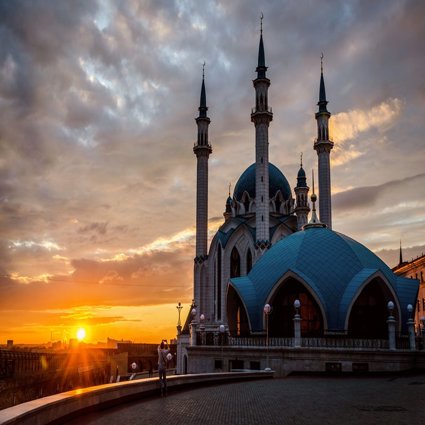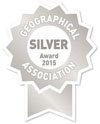
Russia is a powerful place
This lesson takes a look at Russia’s important global role, both today and in the past
Key questions
What do we know about Russian culture?
What was the Cold War?
How has the Russian territory changed over time?
What different kinds of geopolitical influence can one country have over others?
What are ‘hard power’ and ‘soft power’?
What happened in Ukraine in 2014?
What is a satellite state?
Starter
From Russia With Love
The introductory PowerPoint gives an introduction to the history and culture of Russia, with reference to ways in which it has ‘gone global’ over time. From Russian ballet to Faberge eggs, Russian culture is well-known. Ask students to come up with their own suggestions.
The PowerPoint presentation also shows how the Cold War influenced popular culture (James Bond, the space race, etc). This provides a valuable opportunity to find out how much they know about the way Russia formed the Soviet Union in 1918, which later collapsed in 1991.
Main Activity
Mapping Russian power and influence
In the main activity, students will be making use of a variety of maps, in order to look for signs of continuity and change in the geopolitical map of Eurasia. They will require an atlas to complete the series of classroom exercises, which can be assessed and graded.
Russia’s boundaries - and name - have changed three significant times since the 1700s, with important effects for its neighbour states, most recently Ukraine. Some would argue that throughout history, Russia has surrounded itself with satellite states in order to build a ‘buffer zone’ between Europe and Russia.
-
Students will need to be given four printed A4 sheets. Atlases should also be provided
-
Using all of the resources (‘Russian revolutions’ PowerPoint is also provided for the main activity), teacher and students will together analyse the extent of (i) the Russian Empire pre-1917 (ii) the Soviet Union at the height of the Cold War (iii) Russia’s main trading partners today (including the Eurasian Economic Union).
-
Both change and continuity become evident.
-
A brief account is also provided in the teacher’s notes of Russian intervention in Ukraine in 2014 and what it tells us about Russia’s continuing influence on its satellite states. This can be used if time allows.
As a learning outcome, students should therefore understand that Russia has been characterised in varying ways over time. Firstly, as a great Imperial power, then as a Cold War superpower, and most recently as one of the BRIC group of economies. This has led to changes in how its boundaries have been drawn in different time periods.
A country outline quiz is also included with the main activity PowerPoint, if time allows.
Plenary
Russian London
Other locations around the world have been impacted on by Russian wealth, power and influence, most recently London.
As a lively plenary, a PowerPoint is provided which gives a brief ‘who’s who’ of famous Russians living in London and how they have influenced life there (pushing up property prices and buying football clubs!)
File nameFiles
File type
Size
Download

This resource has been developed as part of the Rediscovering London's Geography project, funded by the GLA through the London Schools Excellence Fund. It seeks to improve the quality of teaching and learning of geography in London’s schools, in addition to encouraging more pupils to study geography

This resource won a Geographical Association Publishers' Silver Award in 2015